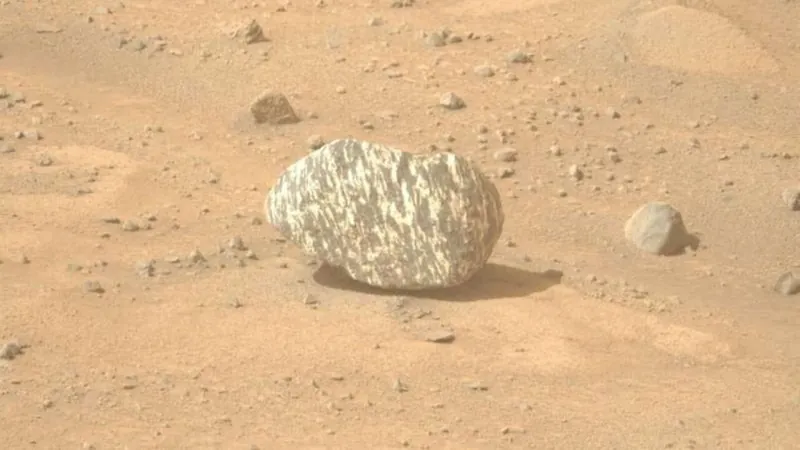
Elon Musk's Starlink Satellites Are Disrupting the Cosmos: What You Need to Know
2024-09-19
Astrophysicists in the Netherlands have raised alarms about the negative impact of Elon Musk's expanding Starlink satellite network on astronomical research. According to a report by BBC News, these satellites are obstructing scientists’ efforts to observe the universe more effectively.
The second generation of Starlink satellites, designed for global high-speed internet access, are reportedly emitting radio waves that are substantially more disruptive than their predecessors. Researchers at the Netherlands Institute for Radio Astronomy (ASTRON) have described these satellites as 'blinding' radio telescopes, posing a significant threat to studies of celestial phenomena.
SpaceX, the parent company of Starlink, has not yet addressed these concerns publicly. While the Starlink satellites are praised for delivering high-speed internet to remote locations, including conflict zones like Ukraine and Yemen, astronomers warn that this technological advancement comes at a steep price.
Professor Jessica Dempsey, director of ASTRON, emphasized the growing challenge: 'Every time more of these satellites are launched with these kinds of emission levels, we see less and less of the sky.' The interference affects our ability to study crucial astronomical objects such as black hole jets, distant galaxies, and exoplanets.
The interference from Starlink’s second-generation, or V2, satellites is an astonishing 32 times stronger than that from the first generation. This rapid increase in interference is alarming, especially when the emitted radiation surpasses the regulatory limits set by the International Telecommunications Union.
Currently, there are estimated to be over 6,400 Starlink satellites orbiting Earth at around 342 miles (550 km) in altitude, making SpaceX the dominant player in satellite internet services. In contrast, OneWeb, SpaceX's main rival, has launched less than 1,000 satellites, and Amazon is ambitiously planning to deploy at least 3,000 in the coming years. With projections suggesting that over 100,000 satellites could be operational by 2030, concerns about interference will only escalate.
The ASTRON team conducted their study on a singular day in July, utilizing the LOFAR radio telescope. They concluded that the electromagnetic radiation from nearly all observed V2 Starlink satellites greatly exceeded that from the dimmest celestial sources. Lead author Cees Bassa likened the brightness of the satellite signals to comparing the faintest visible stars to the full moon.
Furthermore, the situation is worsening as SpaceX launches roughly 40 new second-generation satellites weekly. Robert Massey, Deputy Executive Director of the Royal Astronomical Society in the UK, stated, 'It’s very clear that if you have something this bright compromising a major radio observatory, we need to act quickly.'
With technological advancements often overshadowing fundamental scientific research, the implications of Musk’s satellite network pose significant questions about the future of astronomical exploration. Action must be taken to balance innovative communication technology with the preservation of our ability to explore the cosmos.



 Brasil (PT)
Brasil (PT)
 Canada (EN)
Canada (EN)
 Chile (ES)
Chile (ES)
 España (ES)
España (ES)
 France (FR)
France (FR)
 Hong Kong (EN)
Hong Kong (EN)
 Italia (IT)
Italia (IT)
 日本 (JA)
日本 (JA)
 Magyarország (HU)
Magyarország (HU)
 Norge (NO)
Norge (NO)
 Polska (PL)
Polska (PL)
 Schweiz (DE)
Schweiz (DE)
 Singapore (EN)
Singapore (EN)
 Sverige (SV)
Sverige (SV)
 Suomi (FI)
Suomi (FI)
 Türkiye (TR)
Türkiye (TR)